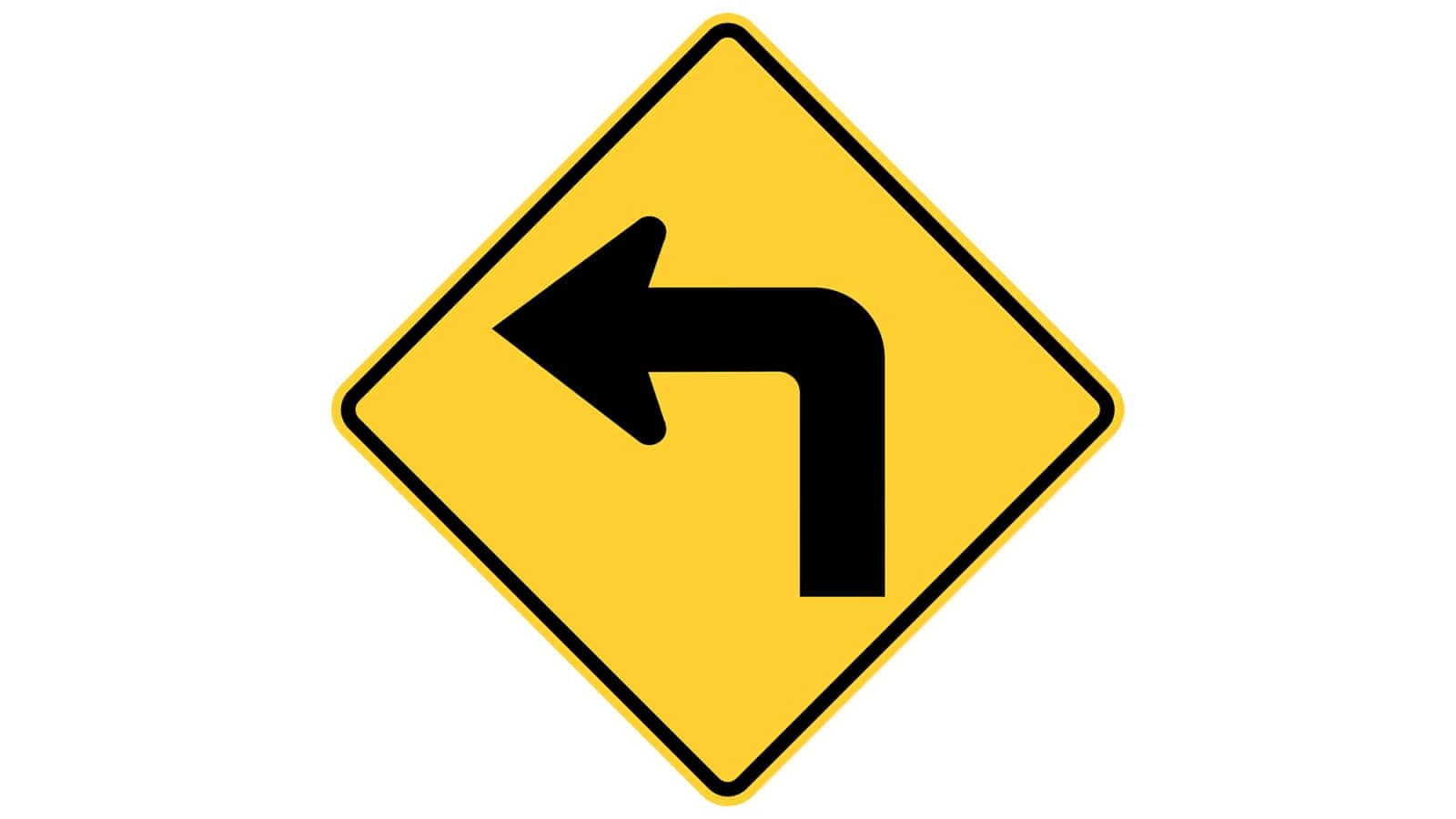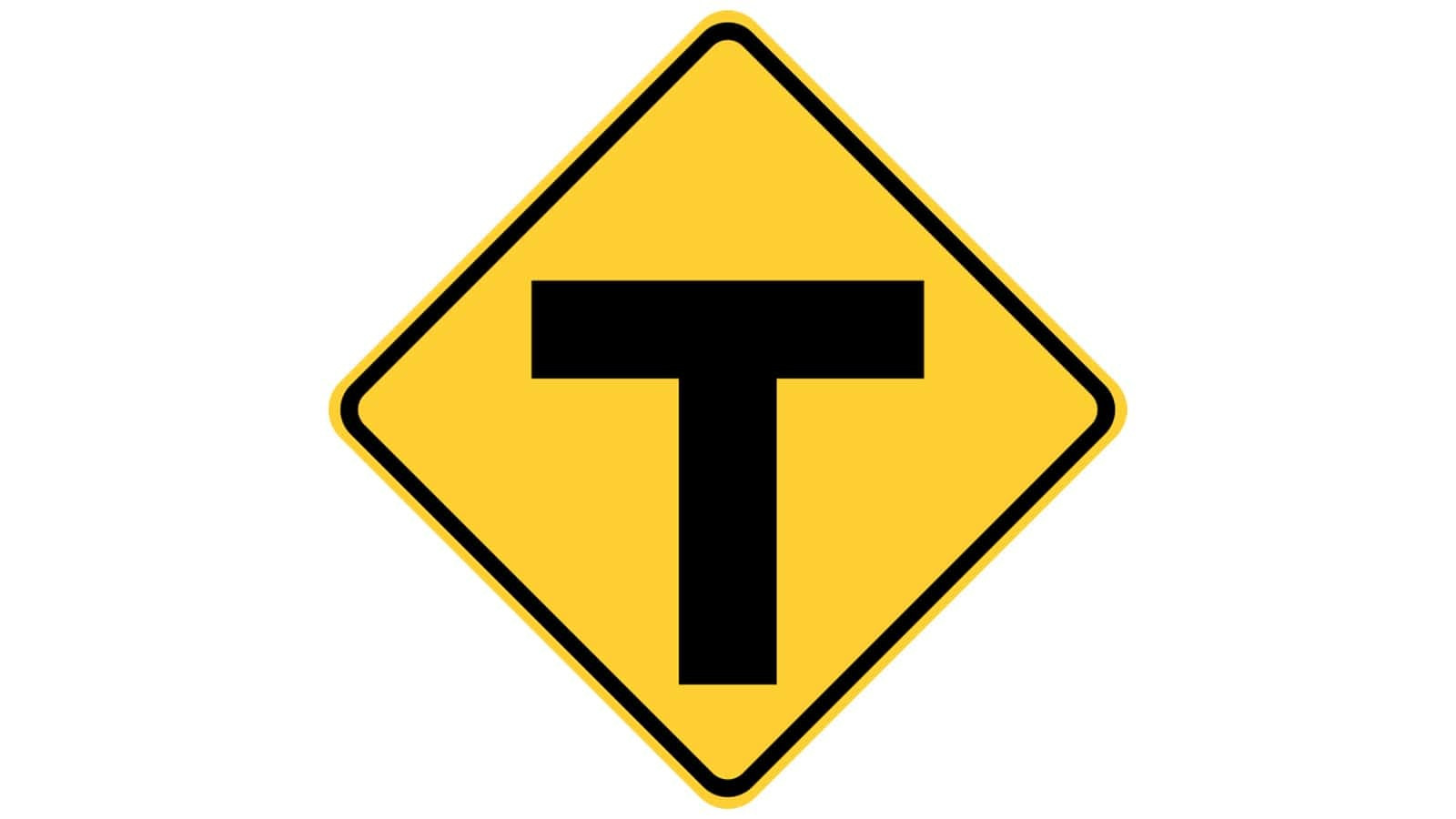Navigating the roads safely requires constant vigilance and a keen understanding of traffic signals. Among these, Warning Street Signs play a pivotal role, acting as silent guardians alerting drivers to potential hazards and changing road conditions ahead. Whether you’re a newly licensed driver or a seasoned motorist, encountering a warning sign you don’t recognize can be unsettling and, more importantly, unsafe. This guide aims to enhance your understanding of common warning street signs, ensuring you can confidently and safely respond to the signals they convey.
If you’re more of a visual learner, consider exploring video resources that illustrate these signs in real-world driving scenarios. Seeing these signs in context can significantly improve retention and recognition.
The Critical Importance of Recognizing Warning Signs
Why are warning signs so vital? Simply put, they are designed to prepare drivers for unexpected or potentially dangerous situations on the road. These situations could range from sharp curves and hidden intersections to pedestrian crossings and changes in road surface. Misinterpreting a warning sign, or worse, ignoring it, can lead to accidents, injuries, and property damage.
Warning signs are easily identifiable by their distinctive design. In the United States, they are typically diamond-shaped or rectangular and colored yellow or orange with black symbols or text. This standardized color and shape system allows drivers to quickly recognize them, even from a distance, and prepare accordingly.
Below, we delve into 50 of the most frequently encountered warning signs in the United States. Understanding these core signs will equip you to interpret a vast majority of warning signs you’ll encounter, as many others are simply variations on these fundamental designs.
Navigating Curves and Turns with Confidence
 Warning sign left right
Warning sign left right
Turn (Left/Right). This sign indicates a sharp turn is approaching in the direction indicated by the arrow. It’s a clear signal to reduce your speed significantly and proceed with extra caution as you navigate the bend.
 Warning sign turn right
Warning sign turn right
Turn (Right). Similar to the general turn sign, this specifically highlights a sharp turn to the right. Decelerate and maintain a safe speed throughout the turn.
 Warning sign turn left advisory speed
Warning sign turn left advisory speed
Turn With Advisory Speed Limit. This sign not only warns of a sharp right turn but also provides a recommended maximum speed for safely navigating the curve under ideal conditions. In this example, 25 mph is advised. Adhering to advisory speeds is crucial for maintaining control, especially in less-than-perfect weather.
 Warning sign curve to the left
Warning sign curve to the left
Curve. This sign indicates a less severe bend in the road compared to a “Turn.” This sign signifies that the road will curve to the left ahead. While less sharp than a turn, reducing speed is still advisable for comfortable and safe maneuvering.
 Warning sign curve to the right with advisory speed
Warning sign curve to the right with advisory speed
Curve with Advisory Speed Limit. Similar to the “Turn with Advisory Speed Limit” sign, this sign alerts you to a curve to the right and suggests a safe speed – in this instance, 35 mph. These advisory speeds are especially helpful for drivers unfamiliar with the road.
 Warning sign reverse turn (first turn to the left)
Warning sign reverse turn (first turn to the left)
Reverse Turn (First Turn to the Left). This sign warns of a sequence of sharp turns, starting with a left turn followed immediately by a right turn. Be prepared for rapid changes in direction and reduce your speed significantly before entering the first turn.
 One Direction Arrow To the Left
One Direction Arrow To the Left
One Direction Arrow. This directional sign indicates that traffic flow is restricted to the direction of the arrow. In this case, you are only permitted to turn left. These are often seen in intersections or on one-way streets.
 Warning sign Two Directional Arrow
Warning sign Two Directional Arrow
Two Directional Arrow. This sign indicates that proceeding straight ahead is prohibited. You must turn either left or right. This type of sign is typically found at intersections where straight-through traffic is not allowed.
Reverse Curve (First Curve to the Left). Similar to the “Reverse Turn” sign, this indicates a series of curves, starting with a curve to the left and immediately followed by a curve to the right. Adjust your speed and steering smoothly to maintain control through both curves.
 Warning sign winding road
Warning sign winding road
Winding Road. This sign prepares you for an extended section of road with multiple consecutive curves. The example shown indicates the first curve is to the right. Expect a series of turns and drive at a reduced, consistent speed suitable for continuous curves.
 Warning sign Hairpin Curve
Warning sign Hairpin Curve
Hairpin Curve. This sign warns of an extremely sharp curve, often approaching a 180-degree reversal in direction. Hairpin curves demand significant speed reduction and careful steering input.
 Warning sign 270-Degree Loop
Warning sign 270-Degree Loop
270-Degree Loop. This is a warning for an exceptionally sharp, near-circular curve spanning 270 degrees. Extreme caution and a very slow speed are necessary to safely navigate this type of curve.
 Warning sign Chevron Alignment (Left)
Warning sign Chevron Alignment (Left)
Chevron Alignment (Left). Chevron signs are used to highlight sharp changes in road direction. This sign indicates a sharp change to the left. They are often placed in series along particularly severe curves to guide drivers through the turn.
 Warning sign Main Road Curves to the Right Ahead
Warning sign Main Road Curves to the Right Ahead
Main Road Curves to the Right Ahead. This sign indicates that the primary road you are on will curve to the right, while a side road enters from the left within the curve. Be aware of potential merging or crossing traffic as you navigate the curve.
Approaching Intersections with Forewarning
 Warning sign Crossroads
Warning sign Crossroads
Crossroads. This sign signals an upcoming intersection where roads cross. Slow down, scan for traffic from all directions, and be prepared to yield the right-of-way as necessary.
 Warning sign Side Road at Perpendicular Angle
Warning sign Side Road at Perpendicular Angle
Side Road at Perpendicular Angle. This sign warns of a T-intersection where a side road enters at a 90-degree angle from the right (as shown) or left. Anticipate traffic entering from the side road and adjust your speed accordingly.
 Warning sign Side Road at Acute Angle
Warning sign Side Road at Acute Angle
Side Road at Acute Angle. Similar to the perpendicular side road sign, this indicates a side road entering at a sharp, acute angle. Be prepared for vehicles merging or turning onto your road from this angle.
 Warning sign T-Roads
Warning sign T-Roads
T-Roads. This sign signifies that your current road is ending soon at a T-intersection. You will need to turn either left or right as there is no through route.
Y-Roads. This sign indicates an upcoming Y-intersection where the road splits into two separate paths. Be alert for vehicles potentially changing lanes or directions as they approach the split.
Double-Side Roads. This sign warns of two side roads entering from the left (as shown) or right in close succession. Expect increased traffic flow and potential merging vehicles from both side roads.
Circular Intersection Warning (Roundabout). These signs, sometimes used in combination, indicate an approaching roundabout. Reduce speed, prepare to yield to traffic already in the roundabout, and enter when there is a safe gap.
Anticipating Traffic Control Ahead
STOP Ahead. This sign is a preliminary warning that a STOP sign is approaching. Begin to slow down and prepare to come to a complete stop at the STOP sign.
Yield Ahead. This sign precedes a Yield sign. Reduce your speed to a point where you can easily stop and yield the right-of-way to other traffic if necessary at the Yield sign.
Speed Limit Ahead. This sign indicates an upcoming change to a lower speed limit. In this example, the speed limit will reduce to 45 mph. Begin decelerating to match the new speed limit as you approach it.
Traffic Signal Ahead. This sign warns of traffic lights ahead. Be prepared to stop if the lights are red or yellow. This is especially important in areas where traffic lights might be unexpected, such as rural roads transitioning to more populated areas.
Navigating Lane Changes and Merges
Merge (Right). This sign indicates that traffic from the right will be merging into your lane. Be prepared to adjust your speed or lane position to safely accommodate merging vehicles.
Merge (Left). Similar to the “Merge (Right)” sign, this warns that traffic from the left will be merging. Be prepared for vehicles entering your lane from the left.
Right Lane Ends. This sign indicates that the right-hand lane will soon disappear. Drivers in the right lane must merge left into the adjacent lane. If you are in the lane to the left, be aware of merging traffic.
Added Lane (Via Merge). This sign indicates that merging traffic will be added to the roadway, but a separate lane will be created, eliminating the need for merging movements within the existing traffic flow.
Narrow Bridge Ahead. This sign warns that the bridge ahead is narrower than the current roadway. Exercise caution, especially with wider vehicles, and be prepared to yield if necessary.
Understanding Divided Highways
Divided Highway. This sign indicates that you are entering a divided highway where opposing lanes of traffic are separated by a median or divider. Stay in the right lane unless passing and be mindful of one-way traffic flow on each side of the median.
Divided Highway Ends. This sign signals the end of a divided highway section. The median will disappear, and you will be entering a two-way road with opposing traffic flow in closer proximity.
Two-Way Traffic. This sign is often used when transitioning from a one-way road or divided highway to a two-way road. It is a reminder that you will now be sharing the road with oncoming traffic directly in front of you.
Hills, Grades, and Road Surface Conditions
Steep Grade/Hill. This sign warns of a steep downhill grade ahead. Use a lower gear to control your speed and avoid excessive braking, which can lead to brake failure.
Dip. This sign indicates a sudden low point in the road surface ahead. Reduce speed to prevent damage to your vehicle’s suspension or undercarriage.
Pavement Ends Ahead. This sign warns that the paved road surface will end soon, transitioning to gravel, dirt, or another unpaved surface. Reduce speed and be prepared for changes in vehicle handling and potential loose road debris.
Road Slippery When Wet. This sign indicates that the road surface ahead becomes particularly slippery when wet, increasing the risk of skidding or loss of control. Reduce speed significantly during wet conditions in areas with this sign.
Rail and Light Rail Considerations
Railroad Crossing Ahead. This is an advance warning for an upcoming railroad crossing. Slow down, listen for train signals, and be prepared to stop if a train is approaching.
Railroad Intersection Warning. This sign indicates a railroad crossing located close to or within an intersection. Exercise extra caution due to the combined hazards of both road and rail traffic.
Low Ground Clearance Railroad Crossing. This sign warns that the railroad crossing is raised higher than the road surface. Vehicles with low ground clearance may get stuck or damaged attempting to cross. Consider an alternate route if your vehicle has low clearance.
Awareness of Emergency Services
Fire Station. This sign indicates the presence of a nearby fire station. Be alert for emergency vehicles entering or exiting the roadway, especially with sirens and lights activated.
Sharing the Road with Bicycles and Pedestrians
Bicycle Crossing. This sign warns of a designated bicycle crossing area ahead. Be vigilant for cyclists and be prepared to yield the right-of-way to them.
Pedestrian Crossing. This sign indicates a pedestrian crossing zone. Watch for pedestrians, especially in crosswalks, and be prepared to stop to allow them to cross safely.
Animal Crossings: Expect the Unexpected
Deer/Cattle Crossing. These signs alert drivers to areas where deer or cattle frequently cross the road. Reduce speed and scan the sides of the road for animals, especially during dawn and dusk hours when animal activity is higher.
Height Restrictions: Low Clearances Ahead
Low Clearance. This sign warns of an upcoming overpass or structure with limited vertical clearance. The sign indicates the maximum height permitted – in this case, 12 feet 6 inches. Vehicles taller than the indicated clearance should find an alternate route to avoid collisions.
Advisory Speeds and Passing Zones
Speed Advisory. This sign recommends a safe speed for a particular section of road, such as a curve or winding road, under ideal conditions. While not mandatory, adhering to advisory speeds enhances safety, particularly for unfamiliar drivers.
Exit Speed Advisory. This sign recommends a safe speed for exiting a highway or expressway ramp under ideal conditions. Reducing to the advised speed before entering the ramp helps maintain control.
No Passing Zone. This sign indicates that passing other vehicles is prohibited in the upcoming zone. This is typically due to limited visibility, curves, or other hazardous conditions.
Hazard Marker. Hazard markers are used to highlight obstructions or hazards close to the edge of the road. The direction of the stripes indicates which side of the marker to pass. In this case, you should drive to the right of the marker.
Understanding warning street signs is more than just passing a driving test; it’s about becoming a safer, more aware driver. By recognizing and reacting appropriately to these signals, you contribute to safer roads for yourself and everyone around you. Make it a habit to continually refresh your knowledge of road signs and stay attentive on every drive.

